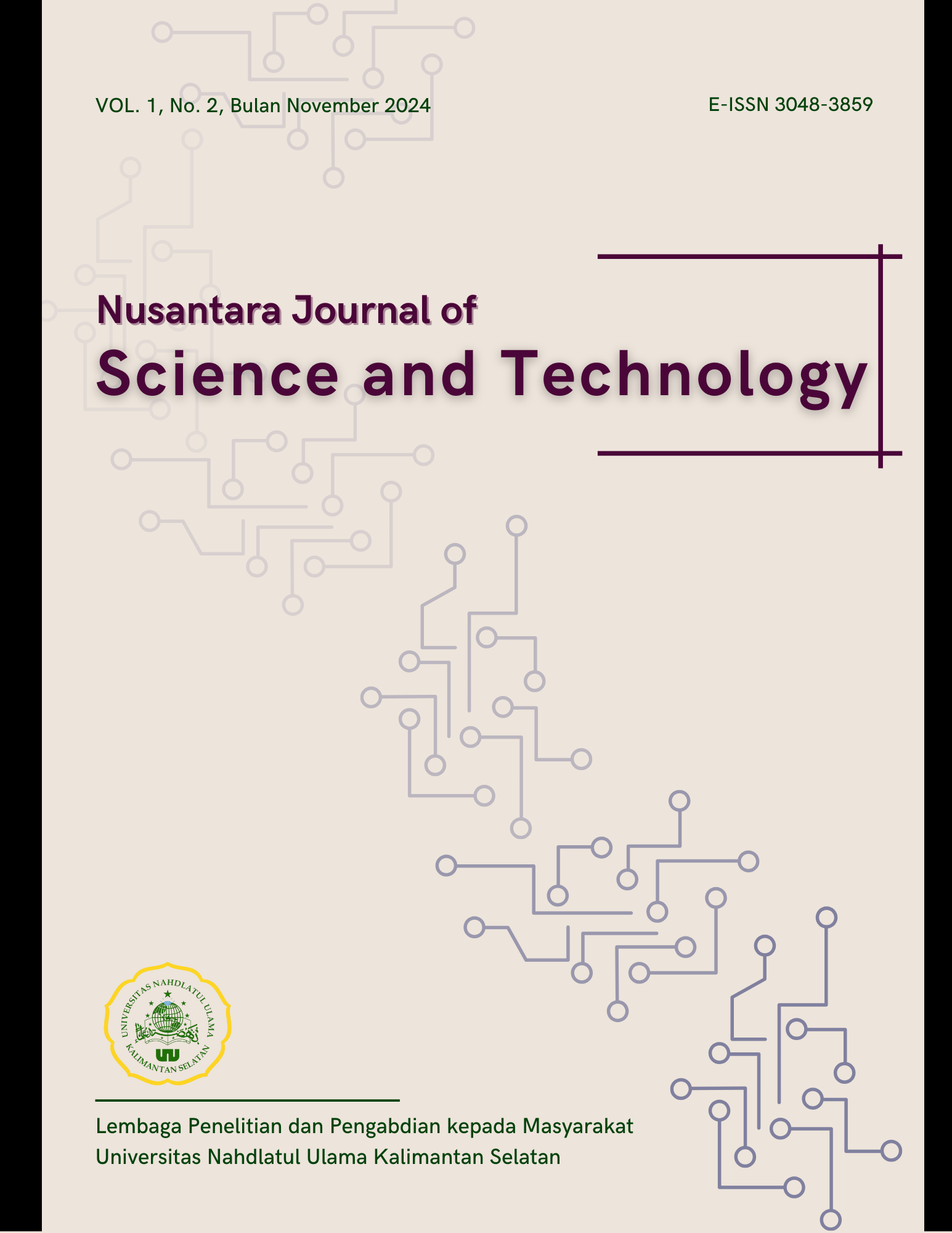Exploratory Data Analysis and Machine Learning in Predicting Employee Attrition Exploratory Data Analysis dan Machine Learning dalam Memprediksi Employee Attrition
Main Article Content
Abstract
Employee attrition is one of the main challenges faced by organizations in retaining competent human resources. This study aims to explore data patterns and predict employee attrition using the Exploratory Data Analysis (EDA) approach and Machine Learning algorithms such as Logistic Regression, Support Vector Machine (SVM), and Naive Bayes. The analysis was conducted on a dataset that includes various factors such as demographics, job satisfaction, and employee performance. The research findings indicate that Logistic Regression achieved an accuracy of 87%, but the model has weaknesses in detecting the positive class (attrition), as reflected by its low recall score. SVM, with an accuracy of 85%, provided high precision for the positive class but performed poorly in detecting actual attrition cases. Conversely, Naive Bayes, with an accuracy of 85%, demonstrated more balanced performance with a higher weighted average F1-score compared to the other models, although there is still room for improvement, particularly in predicting the positive class. Based on the results, Naive Bayes stands out as a more reliable model for predicting employee attrition with more balanced performance compared to Logistic Regression and SVM. To enhance prediction performance, it is recommended to address the class imbalance in the dataset through techniques such as oversampling, undersampling, class weighting, or specialized algorithms.
Article Details
References
Alsaadi, E. M. T. A., Khlebus, S. F., & Alabaichi, A. (2022). Identification of human resource analytics using machine learning algorithms. Telkomnika (Telecommunication Computing Electronics and Control), 20(5), 1004–1015. https://doi.org/10.12928/TELKOMNIKA.v20i5.21818
Annisa, O. C. N. (2023). Analisis Dampak Peraturan Pemerintah Pengganti Undang-Undang Cipta Kerja Terhadap Hak Pesangon Pemutusan Hubungan Kerja. Journal Equitable, 8(1), 129–143. https://doi.org/10.37859/jeq.v8i1.4494
Celine, S., Dominic, M. M., & Devi, M. S. (2020). Logistic Regression for Employability Prediction. International Journal of Innovative Technology and Exploring Engineering, 9(3), 2471–2478. https://doi.org/10.35940/ijitee.c8170.019320
Huzain, H. (2021). Pengelolaan Sumber Daya Manuasia. Universitas Islam Negeri Alauddin Makassar.
Liana, Y., & Megantoro, W. (2023). Loyalitas Karyawan dan Kompensasi Terhadap Kinerja Karyawan Pada CV. Lensa Informatika Surabaya. INSPIRASI: JURNAL ILMU-ILMU SOSIAL, 20(1), 821–829.
Nowicka, J., Pauliuchuk, Y., Ciekanowski, Z., Falda, B., & Sikora, K. (2024). The Use of Data Analytics in Human Resource Management. European Research Studies Journal, XXVI?(Issue 2), 203–215. https://doi.org/10.35808/ersj/3380
Ovirianti, N. H., Zarlis, M., & Mawengkang, H. (2022). Support Vector Machine Using A Classification Algorithm. SinkrOn, 7(3), 2103–2107. https://doi.org/10.33395/sinkron.v7i3.11597
Park, H. J., Koo, Y. S., Yang, H. Y., Han, Y. S., & Nam, C. S. (2024). Study on Data Preprocessing for Machine Learning Based on Semiconductor Manufacturing Processes. Sensors, 24(17), 1–14. https://doi.org/10.3390/s24175461
Satapathy, S. C., Govardhan, A., Raju, K. S., & Mandal, J. K. (2015). Improving Classification by Outlier Detection and Removal. Advances in Intelligent Systems and Computing, 338, I–IV. https://doi.org/10.1007/978-3-319-13731-5
Simangunsong, J., Simanjuntak, M. S., & Simanjuntak, N. D. (2024). Mental disorder classification with exploratory data analysis ( EDA ). 7(3), 210–217.
Zogara, L. U. (2024). Detect Classification of Employees Tending to Move Work With the Naive Bayes Algorithm. Jurnal Ilmiah Sistem Informasi (JISI).


